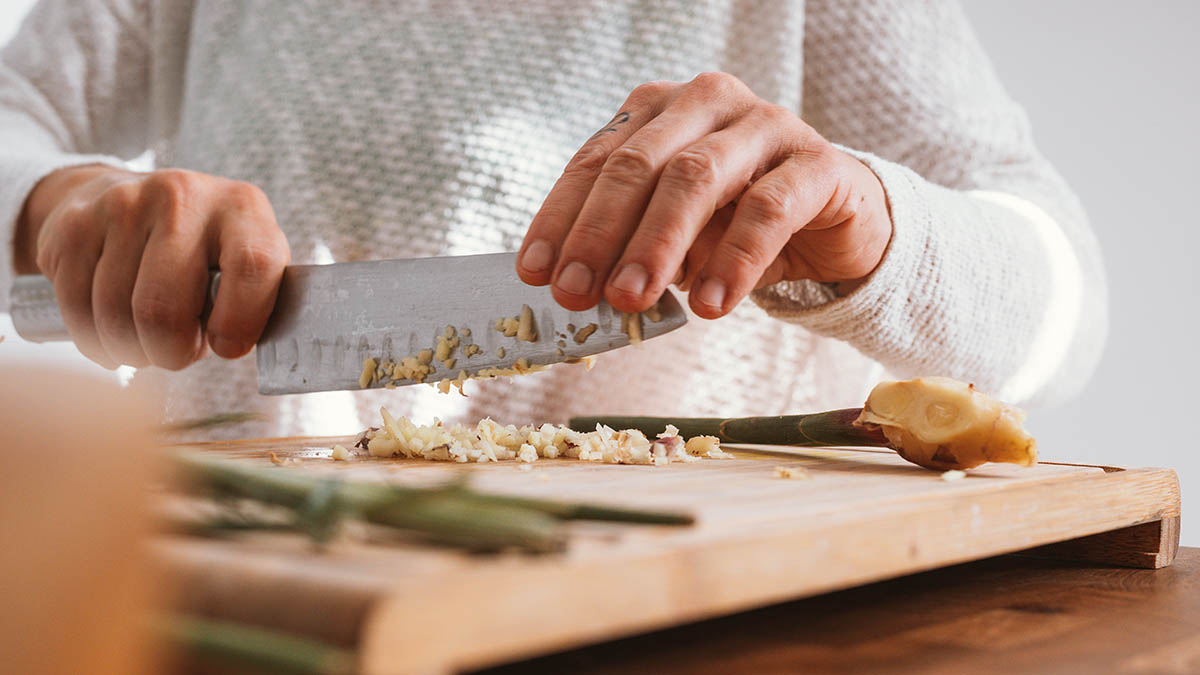Mold on cutting boards can be a tremendous concern for kitchen professionals and home cooks alike. Not only is it unsightly, but it also poses significant health risks. This article provides you with in-depth and terrific solutions for how to get rid of mold on cutting boards, ensuring your kitchen remains mold-free and hygienic.

Understanding the Problem of Mold
Mold thrives in damp, dark environments, and cutting boards, especially wooden ones, can be a breeding ground. Before addressing the removal methods, it is essential to understand why the mold is growing in the first place.
The Science Behind Mold Growth
Molds are part of the fungi kingdom, and they need three things to thrive: moisture, food, and a suitable environment. Cutting boards often provide an excellent environment due to the food particles and moisture trapped in their surface.
Health Risks Associated with Mold
Exposure to mold can lead to respiratory issues, allergic reactions, and other health problems. Ensuring that your cutting board is mold-free is crucial for maintaining kitchen safety.

Types of Cutting Boards and Their Vulnerability to Mold
Wooden Cutting Boards
Wooden cutting boards are porous and can absorb water, making them more susceptible to mold.
Plastic Cutting Boards
While less porous than wood, plastic boards can still harbor mold, especially in knife grooves.
Bamboo Cutting Boards
Bamboo is more resistant to moisture compared to wood but can still get moldy if not properly maintained.

Steps to Get Rid of Mold on Cutting Boards
Initial Cleaning
Before tackling the mold, it’s essential to clean your cutting board thoroughly. Use warm water and dish soap to scrub the surface.
Using Vinegar Solution
Vinegar is a natural disinfectant. Mix one part white vinegar with four parts water and spray the cutting board. Let it sit for a few minutes before scrubbing.
Applying Baking Soda Paste
Baking soda is excellent for scrubbing away mold. Create a paste with baking soda and water, apply it to the board, and scrub thoroughly.
Hydrogen Peroxide Treatment
Hydrogen peroxide can kill mold spores. Pour a small amount on the moldy areas and let it sit for a few minutes before rinsing.
Sun Drying
After cleaning, leave your cutting board in direct sunlight for several hours. The sun’s UV rays help to kill remaining mold spores.
Preventative Measures
Regular Cleaning
Regular cleaning and drying of your cutting board can prevent mold growth.
Proper Storage
Store your cutting boards in a dry, well-ventilated area to keep them mold-free.
Using Oil
Applying food-grade mineral oil to wooden boards helps to create a moisture barrier, preventing mold.
When to Replace Your Cutting Board
Sometimes, even the best cleaning methods cant completely remove mold. If your cutting board is severely affected, it might be time to replace it.
FAQs
How often should I clean my cutting board?
It’s best to clean your cutting board after every use to prevent mold and bacterial growth.
Can I use bleach to clean my cutting board?
Yes, but use it sparingly and ensure thorough rinsing to avoid residues.
Is it safe to use a moldy cutting board?
No, using moldy cutting boards can expose you to harmful spores and contaminants.
References
For more on cutting board safety, visit this link.
Here are some related articles on our site:
As an Amazon Associate, I earn from qualifying purchases.


